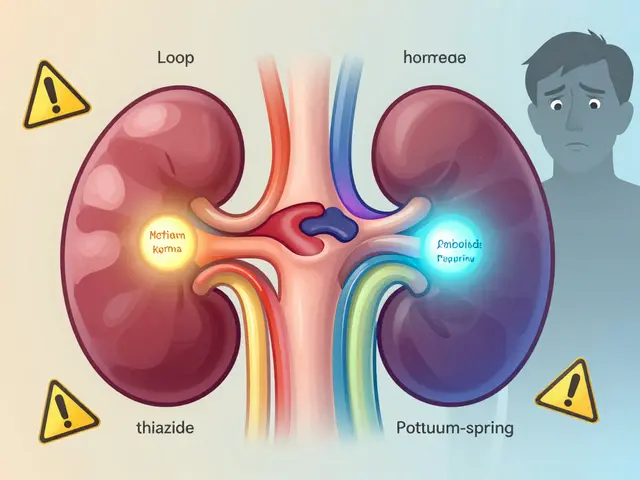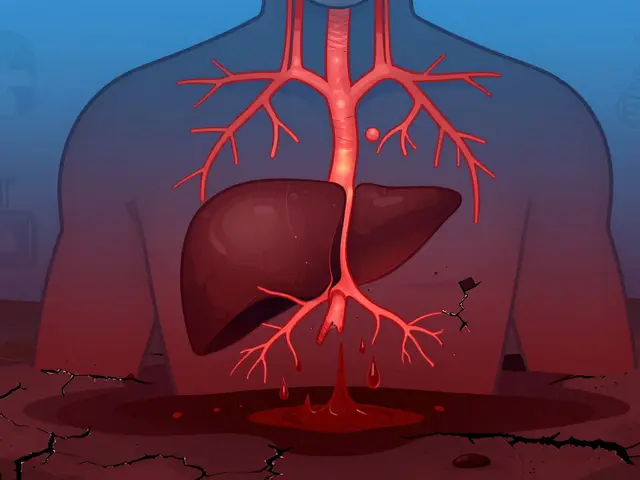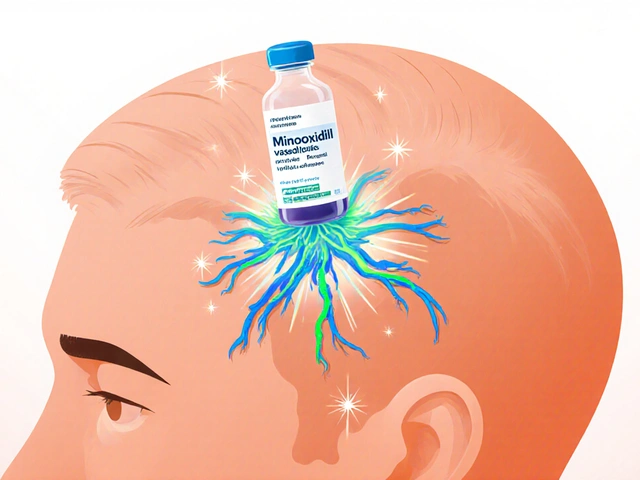Diuretics: Understanding Electrolyte Changes and Dangerous Drug Interactions
December 27 2025Proton pump inhibitor: what they do and how to use them safely
Proton pump inhibitors (PPIs) are medicines that cut stomach acid production. You’ve probably heard of Prilosec (omeprazole), Nexium, or Protonix. People use PPIs for heartburn, reflux, stomach ulcers, and to help heal acid-related damage. They work well, but they aren’t always the right long-term choice for everyone.
What PPIs treat and when to see a doctor
PPIs help with GERD (acid reflux), erosive esophagitis, peptic ulcers, and H. pylori treatment plans. Doctors also prescribe them for Zollinger-Ellison syndrome, a rare condition that causes very high acid. If you have frequent heartburn more than twice a week, or symptoms like difficulty swallowing, weight loss, or bleeding, talk to a doctor before starting a PPI.
Short courses—4 to 8 weeks—are common when healing an ulcer or bad reflux. If symptoms return, your provider may suggest maintenance therapy at the lowest effective dose or tests to find the cause.
How to use PPIs and simple tips
Take PPIs before a meal, usually 30–60 minutes before breakfast. That timing helps the medicine block acid when the stomach makes the most. Use the lowest dose that controls your symptoms. Don’t crush delayed-release pills unless the label says it’s ok.
Stopping a PPI suddenly can cause rebound acid and worse heartburn. If you’ve used one for a long time, ask your doctor about tapering—reduce the dose gradually or switch to an H2 blocker like famotidine for a bit.
Watch for common side effects: headache, nausea, gas, constipation, or diarrhea. Most are mild. But long-term use can raise risks for low magnesium, vitamin B12 deficiency, bone fractures, and more frequent gut infections like C. difficile. Older adults are at higher risk. If you’re on a PPI for months or years, ask your provider about blood tests and bone health checks.
PPIs can interact with other drugs. For example, some PPIs affect clopidogrel’s effectiveness. Always tell your doctor and pharmacist about all medicines and supplements you take.
Want to buy Prilosec or other PPIs online? Use licensed pharmacies, require a prescription when one is needed, and look for clear contact info and secure payment. Check reviews and verification services like PharmacyChecker or national pharmacy regulators to avoid scams.
Short-term use of PPIs can be a game changer for bad reflux. Long-term use needs a plan: the lowest dose, periodic review, and checks for side effects. If you’re unsure, ask your clinician for a tailored plan that protects your stomach and overall health.
 5 Jun
5 Jun
Prilosec: Uses, Side Effects, and Everyday Tips for Heartburn Relief
Prilosec, also known as omeprazole, is a popular medication for treating heartburn and acid reflux. This article breaks down how Prilosec works, common side effects, and practical tips to make the most out of your treatment. You’ll learn about its effectiveness, a few interesting science-backed facts, and ways to use it safely based on real-life experiences. Packed with practical advice and relatable examples, this article helps you navigate using Prilosec with confidence. Expect clear answers to questions you might have and tips you won’t find in the brochure.
Read More...




